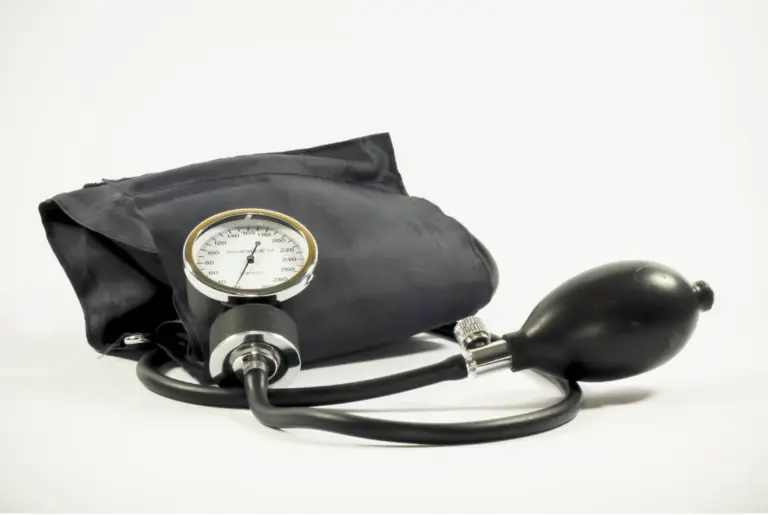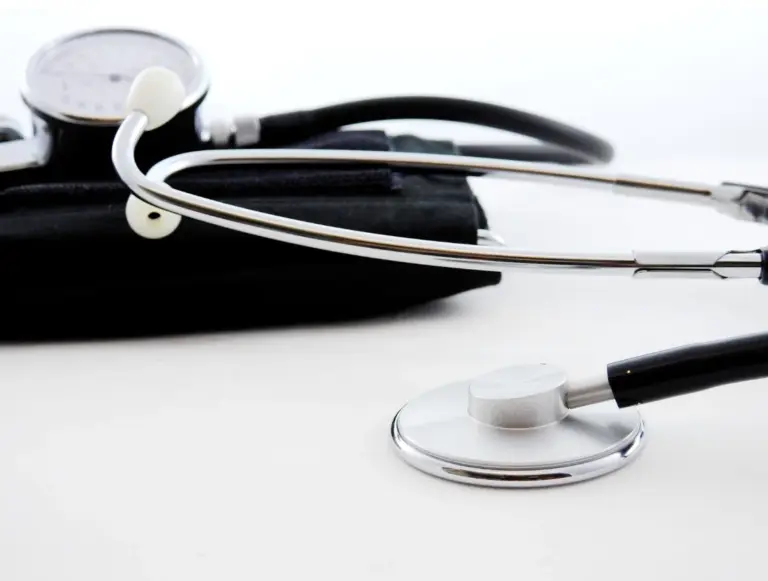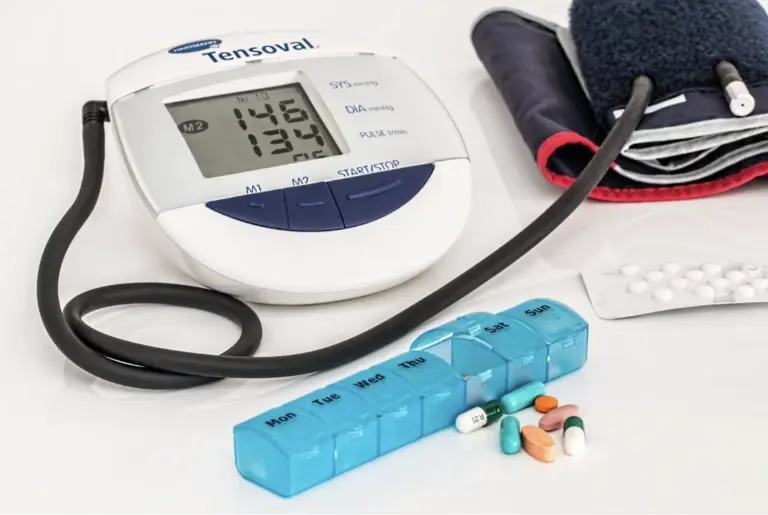When people say “heart attack,” they’re usually talking about a Myocardial Infarction (MI). Sounds clinical, right? But in plain words, it’s when your heart muscle doesn’t get enough oxygen because blood flow through its arteries is blocked.
And it’s a moment where every second matters, and understanding it can truly empower better health decisions.
What Happens During a Heart Attack (Myocardial Infarction)?
During a heart attack, oxygen-starved muscle cells begin to fail. Unlike skin that heals after a cut, these cells don’t grow back once lost. This can lead to permanent damage and hence makes early treatment critical.
The impact isn’t just on blood flow. The heart’s natural “electrical wiring,” which keeps your heartbeat steady, can also misfire during an attack. This can cause arrhythmias, or irregular heartbeats. Some are harmless, but others can be dangerous, making the situation even more urgent.
What Does a Myocardial Infarction Feel Like?
Heart attacks don’t always look like they do in films. For some, the heart attack is unmistakable, with sharp or crushing pain; for others, symptoms may be subtle, fatigue, mild discomfort, or even a sense of unease. These “silent heart attacks” are a particular concern among diabetics, as nerve damage can mute warning signs, making regular check-ups especially important.
Common Symptoms to Watch For
- Pressure, pain, or tightness in the chest (may radiate to the jaw or arm).
- Shortness of breath, sweating, nausea, or dizziness.
- Sudden fatigue or general “just not feeling right,” which can be especially misleading for those with diabetes. Diabetes can mask heart attack symptoms due to nerve damage.
It’s crucial to remember that the absence of dramatic symptoms does not mean the absence of risk. Silent symptoms cause real damage, so paying attention to any new or unexplained change is key.
Causes of a Heart Attack (Myocardial Infarction)
The most common cause is the gradual build-up of plaque inside the coronary arteries. Plaque is made up of cholesterol, fat, and other substances that can rupture suddenly, forming a clot that blocks blood flow.
Other causes, though less common, are:
- Coronary artery spasm, which is the temporary tightening of the artery
- Rare blood vessel disorders
- Drug use (such as cocaine, which can trigger spasms)
Each cause ultimately leads to the same outcome: reduced oxygen supply to the heart muscle.
Risk Factors for Heart Attack (Myocardial Infarction)
Why do some people develop heart attacks while others don’t? Understanding the risks helps us see the bigger picture, and the answer lies in a mix of factors, like:
- Uncontrolled blood pressure and cholesterol
- Smoking or exposure to tobacco
- Diabetes and obesity
- Sedentary habits, poor diet, and excessive stress
Who is at Risk for a Heart Attack?
Anyone carrying these risk factors faces a higher chance of developing heart disease, but the risk rises even more when certain conditions overlap.
- Uncontrollable risks: Ageing (men over 45, women over 55), family history, inherited conditions.
- Controllable risks: High cholesterol, high blood pressure, diabetes, obesity, smoking, and long-term stress.
Imagine you are constantly scrolling through Insta, pulling late-night work shifts, skipping workouts, and fueling on instant noodles. That lifestyle combo? It’s basically sending your arteries a “work overtime until burnout” message.
Symptoms of a Heart Attack (Myocardial Infarction)
While we’ve covered the main ones, here’s a recap in scroll-bite form:
- Crushing chest pain or pressure
- Fatigue that feels “out of the blue”
- Breathlessness, even while resting
- Lightheadedness or sudden sweating
It is important to distinguish these from everyday tiredness. If symptoms feel unusual or disproportionate, it is better to seek help than dismiss them.
Treatment for a Heart Attack (Myocardial Infarction)
Immediate Medical Treatment Options
During a heart attack, every minute counts. The quicker the treatment begins, the more heart muscle can be saved. Doctors may:
- Use clot-busting drugs (thrombolytics) to restore blood flow.
- Perform angioplasty, inserting a balloon and stent to reopen blocked arteries.
- Administer aspirin and other medicines to thin the blood and prevent further clots.
You can think of it as an emergency repair crew clearing the traffic jam inside the heart’s highways.
Lifestyle Modifications Post-Heart Attack
Surviving a heart attack isn’t the end; it’s the reset button. Many people go back to normal life, but with smarter habits.
- Diet: Shift towards more fruits, vegetables, and whole grains while cutting back on processed foods.
- Activity: Gentle and regular exercise, such as walking or swimming, helps rebuild strength.
- Stress control: Practices like meditation, yoga, or even time outdoors can reduce strain on the heart.
- Sleep: Adequate rest gives the body time to repair and recharge.
These modifications are not punishments; they are investments in better energy, fewer hospital visits, and long-term independence.
Prevention of Heart Attack (Myocardial Infarction)
While we cannot rewrite our genes but we can certainly reduce risks through everyday actions:
- Regular check-ups: Keep cholesterol, blood pressure, and sugar levels under control.
- Moderate alcohol use: Occasional drinks may be fine, but excess alcohol strains the heart.
- Quit smoking: It remains one of the strongest triggers for heart disease. If quitting feels daunting, professional support and community programmes can help.
- Stay active: Whether it’s a gym workout, cycling, or even dancing, consistency matters more than intensity.
Prevention is not about strict restrictions. It is about choosing habits that let you enjoy life with more confidence and less worry.
Conclusion – Take Action for Your Heart Health
Your heart isn’t asking for grand gestures, just consistent care. So, don’t wait for warning bells to remind you. With awareness and timely action, much of it can be prevented or managed. By paying attention to symptoms, seeking prompt treatment, and making thoughtful lifestyle choices, you are giving your heart the best chance to keep supporting you steadily and reliably.
Frequently Asked Questions
-
Can a heart attack happen without warning?
Yes, silent heart attacks are real and may cause damage without obvious chest pain.
-
Who is at risk for a heart attack?
Both genetic and lifestyle factors play a role. Risks rise with age, but unhealthy habits at any age can also contribute.
-
Can heart disease be reversed?
While existing damage cannot be undone, treatment and lifestyle changes can slow progression and improve quality of life.
-
What is the recovery process after a heart attack?
Recovery typically includes hospital treatment, cardiac rehabilitation, medicines, and gradual lifestyle adjustments.
Disclaimer
The information contained in this article is to educate, spread awareness in relation to hypertension and other diseases to the public at large. The contents of this article are created and developed by BPinControl.in through its authors, which has necessary, authorisations, license, approvals, permits etc to allow usage of this articles on The Website. The views and opinions expressed in this article are views, opinions of the respective authors and are independently endorsed by doctors. Although great care has been taken in compiling and checking the information in this article, The Website shall not be responsible, or in any way liable for any errors, omissions or inaccuracies in this article whether arising from negligence or otherwise, or for any consequences arising therefrom. The content of this article is not a substitute for any medical advice. The Website shall not be held responsible or liable for any consequence arising out of reliance on the information provided in the article.




